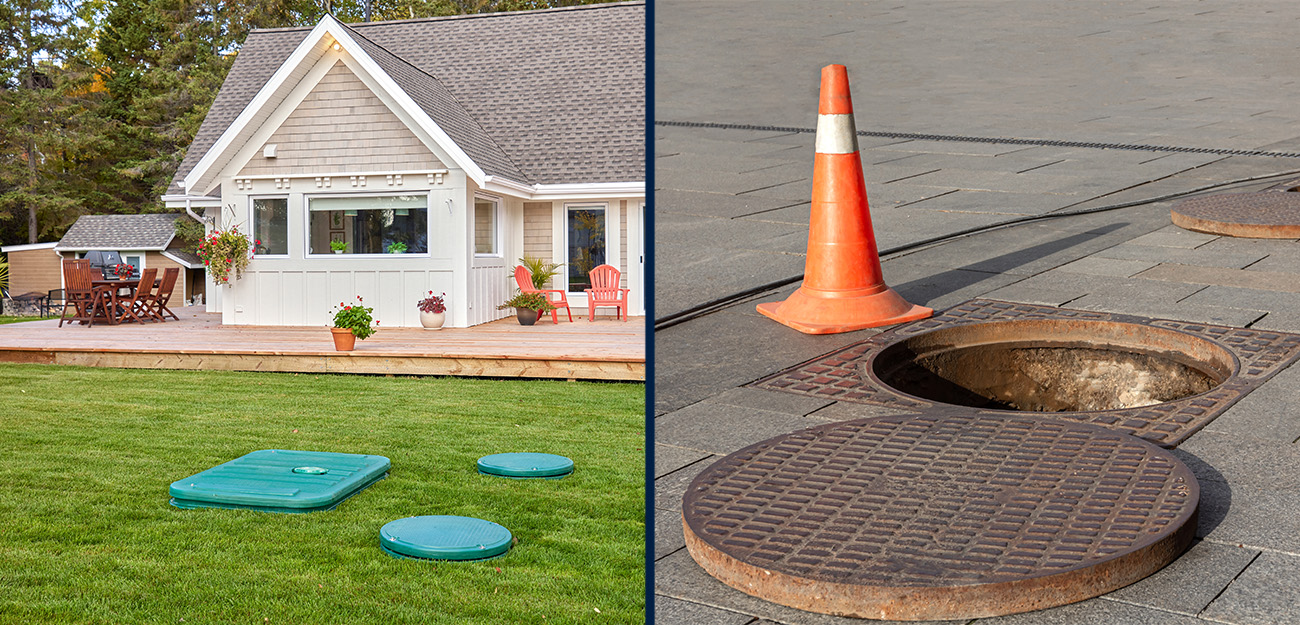Septic tank risers can be overlooked by homeowners when comes time to maintain septic tanks. These easy-to-use, yet essential elements make it much easier to access the septic system for regular maintenance and inspections. Installing risers on your septic tanks will eliminate the need to excavate the ground when you require a service. In addition to saving time, your landscape will be less disturbed. Septic tank risers can also reduce the chance of accidents or injuries that might be sustained during maintenance because they offer an accessible and safe entry point into the tank.

A septic tank that is healthy is maintained by managing the effluent. The liquid waste being discharged from the septic tank into the drain field for further treatment is known as effluent. It is a mixture of bacteria, water, and organic matter. Solid particles from the effluent could settle to the bottom of the tank and result in a sludge layer. If this sludge does not get dealt with promptly, it could build up, clog your system and lead to backups, odors that are unpleasant and potential damage to the drain field. Regular pumping and control of effluent ensures that the septic tanks function efficiently, preventing blocks and extending their lives.
Septic systems are functional when they are draining correctly. When wastewater leaves your house and is absorbed into the septic tanks, it will go through a natural separation. Solid waste lands on the bottom of the tank while lighter substances and oils are able to float upwards and up to the surface, forming the scum layer. The effluent (the liquid remaining in the tank) exits and is discharged into the drain field to be filtered before being absorbed by the soil. A properly-designed drainage system will allow effluent to flow smoothly, preventing back-ups and flooding. It is essential to ensure that the drainage pipes are clear of roots, debris, and other obstructions that could stop the flow of effluent. Regularly performing inspections and maintenance on the drainage system can help to avoid expensive repairs and environmental contamination.
Picking the right septic system for your house is a crucial decision that has a long-term impact on your property’s cleanliness and function. There are a variety of options available in the market. It is important to take into consideration several aspects before making your choice. Choose the size of your septic tank based on the typical water consumption of your household and its residents. If you live in a big family or a property with frequent guests, a larger tank will be needed. Second, you should consider what the material of the tank is. Common options include concrete, fiberglass, and plastic. Each has its own advantages and drawbacks in terms of quality, durability, and maintenance. Examine local regulations and specifications for the septic tanks. Pick a tank that is in compliance with all the standards that are required and conforms to the rules.
Contact a certified installation of septic systems. They can analyze your property and give professional recommendations based on the topography and soil conditions. If you take your time in evaluating these elements, you can choose the best septic tank for your home that best meets your needs and ensures a reliable and effective wastewater management system.
A reliable and healthy system relies on correct maintenance and operation of septic systems along with efficient management of effluents, riser installation, and proper drainage. Septic tanks serve as the primary treatment method for household waste, and effluent control ensures that treated liquid waste can be safely disposed of. They aid in the process of maintaining the septic system. Furthermore, proper drainage allows for a smooth flow of effluent, preventing backups and system failures. By prioritizing these aspects and following the regular maintenance guidelines homeowners can ensure the long-term performance, efficiency, and long-term sustainability of their septic systems and help ensure a secure and healthy living environment for all.